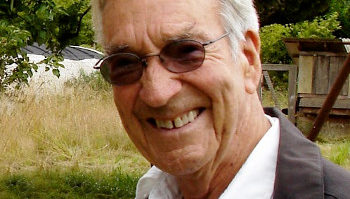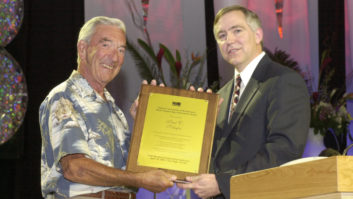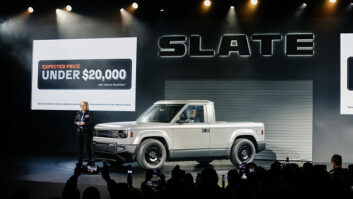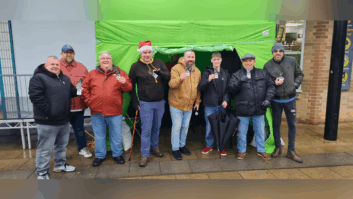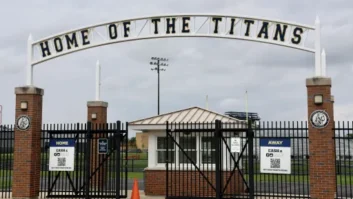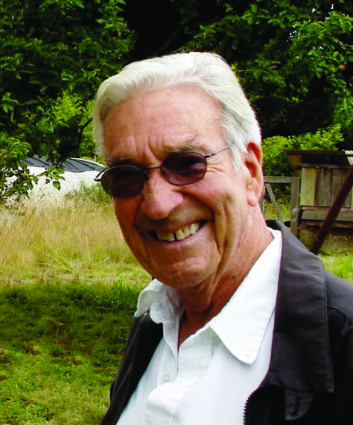
This article was originally published in the June 8, 2016 issue of Radio World and posted to the Radio World website on June 10, 2016.
***
Radio World reported the passing of Paul Schafer earlier. This article is a more detailed story about his life.
Paul Schafer, who is called a father of radio programming automation technology, died this winter in Bonita, Calif., following complications from a fall. He was 90.
Schafer spent virtually his entire life in broadcasting, receiving his first FCC license as a teenager in 1942 and being hired to do on-air work the same year by WJOB in his hometown of Hammond, Ind. The following year he moved on to Fort Wayne’s WOWO where he had a chance to ply his engineering skills. After time out for World War II military service in the U.S. Army’s Signal Corp. division, he joined WANE in Fort Wayne, dividing his time between equipment maintenance, selling time and pulling air shifts. He eventually left Indiana for Virginia, where he was employed as chief engineer and assistant manager at Norfolk’s WNOR.
Schafer’s big career break came in 1951 with a move to California and employment at the network level as a summer relief engineer with NBC’s Hollywood broadcast operation. He worked with some of the biggest movie and radio talent of the day at NBC and later remarked that he had had a chance to be involved in “the last of the golden years in radio.”
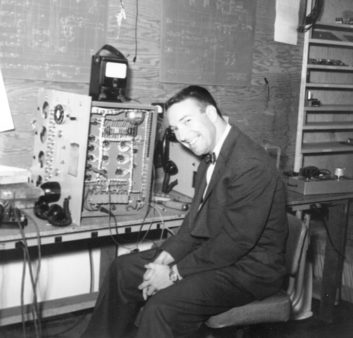
Pioneered Transmitter Remote Control
It was during his stint at NBC that the FCC began to relax rules on transmitter operation, allowing certain classes of stations to operate without an operator at the transmitter site, as long as a licensed engineer could control and monitor operations from the station’s studio location. With the assistance of another NBC engineer, Bill Amidon, Schafer soon devised a remote control system that met commission requirements, and installed the first such unit at Oakland, Calif.’s KROW in 1953.
The introduction of this product marked the beginning of the Schafer Custom Engineering business. (Later the name was changed to Schafer Electronics.)
A few years after the launch of the remote control system, the National Association of Broadcasters used it in an extensive field testing program to test the viability of remote control for additional classes of radio stations. The NAB ultimately convinced the FCC to further relax rules governing operation of broadcast transmitters.
First Radio Program Automation
In 1956, Schafer was approached by the owner of KGEE in Bakersfield, Calif., to see if he could devise a system to provide overnight programming content without the involvement of a human operator on duty, thus allowing the station to further economize on operational expenses, as transmitter control and logging had already been remoted by Schafer.
The delivery of a package built around Seeburg jukebox 45 rpm record changer mechanisms and some Ampex reel-to-reel tape decks for playback of commercials and station IDs marked Schafer Electronics’ entry into the program automation business. This first system would be considered crude in comparison to later automation packages delivered by Schafer, but it marked the launch of a completely new technology in the broadcasting industry.
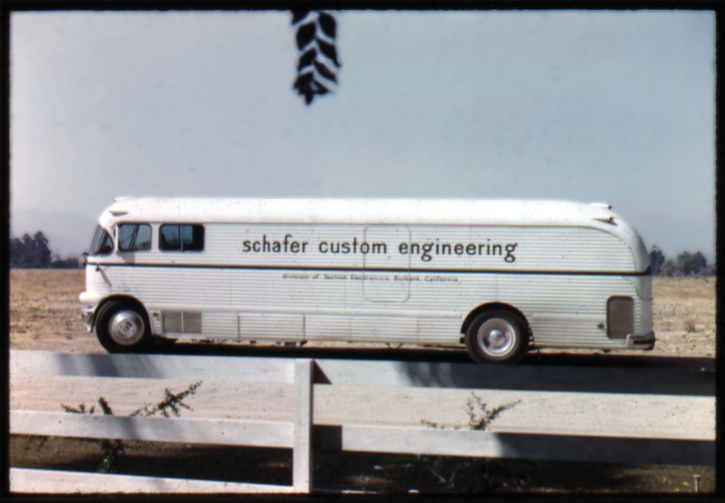
Schafer and his engineering staff went on to develop increasingly more versatile and sophisticated program automation systems, including the Model 903 that appeared in the 1970s and became an industry standard. His name became synonymous with radio automation and his client base eventually grew to more than 1,000, with systems installed at radio operations all over the world.
Schafer’s automation systems were marketed by Collins Radio, Gates (later Harris and now GatesAir), RCA and others, as they had no similar products of their own. Schafer Electronics’ latest creations were a big part of the NAB Show for many years. However, Schafer was aware that not all broadcasters were able to attend such trade shows and outfitted several busses and motor homes with his systems and went “on the road” to demonstrate the value of program automation to management and engineering staff at smaller stations across the United States.
Schafer sold Schafer Electronics in 1968, but launched a new business the following year, Schafer International. In the mid-’80s he founded a third business, Schafer Digital, which was involved in the development of PC-based program automation and traffic systems.
Stereo FM Validation
Schafer was tapped by the FCC in the 1960s — when AM radio was still king — to assist the commission in proving the worthiness of FM to broadcasters through some intensive field testing of the newly-adopted U.S. FM stereo broadcasting standard. (Part of the testing involved transmission of a stereo audio pair by satellite.)
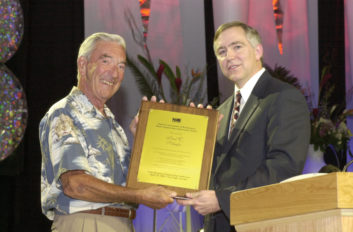
According to Schafer, the NAB also had a hand in the testing and demonstrations, as that organization believed that the U.S. FM stereo standard should be adopted worldwide.
He was honored with the NAB’s 2002 Engineering Achievement Award and authored a chapter on remote control for one of that organization’s Engineering Handbooks. Schafer was also the owner of a number of radio stations. His family included five children
A private ceremony to celebrate Schafer’s life is planned for June 18.
